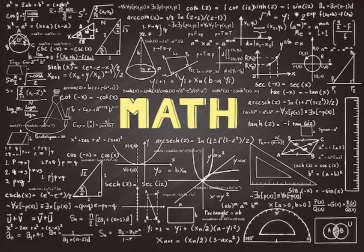Welcome to the Interfaces,Inheritance and Polymorphism MCQs Page
Dive deep into the fascinating world of Interfaces,Inheritance and Polymorphism with our comprehensive set of Multiple-Choice Questions (MCQs). This page is dedicated to exploring the fundamental concepts and intricacies of Interfaces,Inheritance and Polymorphism, a crucial aspect of C# programming. In this section, you will encounter a diverse range of MCQs that cover various aspects of Interfaces,Inheritance and Polymorphism, from the basic principles to advanced topics. Each question is thoughtfully crafted to challenge your knowledge and deepen your understanding of this critical subcategory within C# programming.
Check out the MCQs below to embark on an enriching journey through Interfaces,Inheritance and Polymorphism. Test your knowledge, expand your horizons, and solidify your grasp on this vital area of C# programming.
Note: Each MCQ comes with multiple answer choices. Select the most appropriate option and test your understanding of Interfaces,Inheritance and Polymorphism. You can click on an option to test your knowledge before viewing the solution for a MCQ. Happy learning!
Interfaces,Inheritance and Polymorphism MCQs | Page 11 of 20
Explore more Topics under C# programming
class baseclass
{
protected int a = 20;
}
class derived : baseclass
{
int a = 10;
public void math()
{
/* add code here */
}
}class baseclass
{
int a;
public baseclass(int a1)
{
a = a1;
console.writeline(" a ");
}
class derivedclass : baseclass
{
public derivedclass (int a1) : base(a1)
{
console.writeline(" b ");
}
}
class program
{
static void main(string[] args)
{
derivedclass d = new derivedclass(20);
}
}
}b
class x
{
public void a()
{
console.write("bye");
}
}
class y : x
{
public void a()
{
/* add statement here */
console.writeline(" i love csharp ");
}
}
class program
{
static void main(string[] args)
{
y obj = new obj();
obj.a();
}
}class A
{
public int i;
protected int j;
}
class B : A
{
public int j;
public void display()
{
base.j = 3;
Console.WriteLine(i + " " + j);
}
}
class Program
{
static void Main(string[] args)
{
B obj = new B();
obj.i = 1;
obj.j = 2;
obj.display();
Console.ReadLine();
}
}class A
{
public int i;
private int j;
}
class B :A
{
void display()
{
base.j = base.i + 1;
Console.WriteLine(base.i + " " + base.j);
}
}
class Program
{
static void Main(string[] args)
{
B obj = new B();
obj.i = 1;
obj.j = 2;
obj.display();
Console.ReadLine();
}
}using System;
public class BaseClass
{
public BaseClass()
{
Console.WriteLine("I am a base class");
}
}
public class ChildClass : BaseClass
{
public ChildClass()
{
Console.WriteLine ("I am a child class");
}
static void Main()
{
ChildClass CC = new ChildClass();
}
}I am a child class
Suggested Topics
Are you eager to expand your knowledge beyond C# programming? We've curated a selection of related categories that you might find intriguing.
Click on the categories below to discover a wealth of MCQs and enrich your understanding of Computer Science. Happy exploring!

Operating System
Dive deep into the core of computers with our Operating System MCQs. Learn about...

Cyber Security
Understand the fundamentals of safeguarding digital assets with our Cyber Security...






